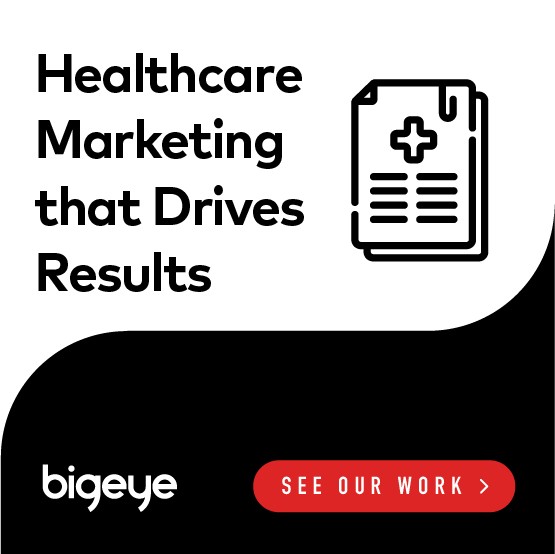Pharmaceutical companies dominate the airwaves in the U.S., but face a much tougher challenge on the Web.
Turn on a TV during daytime hours, and the odds are strong you’ll see the work of a pharmaceutical advertising agency. Ads for prescription drugs are everywhere during peak viewing hours for older viewers, and only slightly less omnipresent during evening hours.
The numbers bear this out: Pharmaceutical companies are spending about $6 billion on TV ads annually. With an aging population and medical advances keeping us healthier longer, this is a state of affairs that’s likely to continue.
Yet while pharmaceutical ads are everywhere on linear TV, they are much less well-represented in the digital sphere — and there are a few reasons why progress on this front has been halting.
Paging Dr. Google
The Internet has become the public’s number one source for health information. When consumers have a troubling symptom, Google and WebMD are often the first stops. Physicians aren’t immune to the powers of the Internet either, and often use online searches to supplement print sources when developing clinical opinions and treatment plans.
Yet despite this rather transformational change, pharmaceutical advertising is still limited in the digital realm. TV and magazines still receive the vast majority of pharmaceutical ad and marketing spend.
There are two reasons why digital advertising in the pharmaceutical industry remains a relative rarity: Government inaction and federal regulations.
The Food and Drug Administration (FDA) has taken an exceptionally methodical approach to providing guidance on what is allowable and what is illegal in terms of digital pharma ads and online pharma marketing. Without clear guidelines, companies have been historically risk-averse in terms of formulating digital strategies. While the FDA is slow and deliberate when crafting policy, it sends out warning letters with much higher velocity.
Compounding this difficulty is the current rate of technological change. By the time the FDA offers pharmaceutical marketing guidance on a digital platform, two new platforms have been developed and released.
Bypassing Programmatic Roadblocks
There’s another rather large fly in the ointment for digital advertisers: The Health Insurance Portability and Accountability Act, or HIPAA. This federal law grants US citizens privacy rights that protect the use of medical data.
For programmatic advertisers, this is a substantial challenge. By harvesting location data, search data and other personal information, advertisers can serve highly targeted ads to consumers when their intent to purchase is at its apex. This, obviously, is a very powerful tool.
It’s also a tool that’s constrained by regulations in some instances, however. If a pharmaceutical advertising agency wants to initiate an automated ad campaign, they must proceed with caution.
HIPAA outlaws the use of first-party data to link a consumer with a medical condition. This means that a pharmaceutical advertising agency cannot use such data to identify a consumer as a high cholesterol sufferer, then serve her an ad for Lipitor.
While this is a significant limitation, it isn’t a complete deal-breaker. Advertisers often use indirect targeting based on related conditions. They also white-list the sites their ads appear on and use audience proxies (such as medical websites) when creating automated campaigns. Agencies can target content (serving Viagra ads in an article about erectile dysfunction, for example) but can’t target specific consumers. These strategies help them stay on the right side of compliance.
Is indirect targeting based on third-party data or related conditions as effective as standard programmatic approaches? That’s unlikely. Yet it can be quite effective, especially when compared to linear TV ads, which offer only the most crude form of demographic targeting.
And, as digital advertising tools continue to evolve, indirect targeting may improve to a point where it is nearly as effective as using first-party data.
One thing is certain: Digital spaces remain under-utilized within the context of pharmaceutical marketing. As today’s Gen X and millennial consumers age, pharma brands won’t be able to rely on linear TV and print magazines to reach their audiences — and brands at the vanguard of this transition will be in the strongest competitive position.
The Takeaway
If you’d like to see what a tech-focused pharmaceutical advertising agency can do for your products, contact BIGEYE today. We’ll help you harness the full power of advertising and marketing across every medium.




